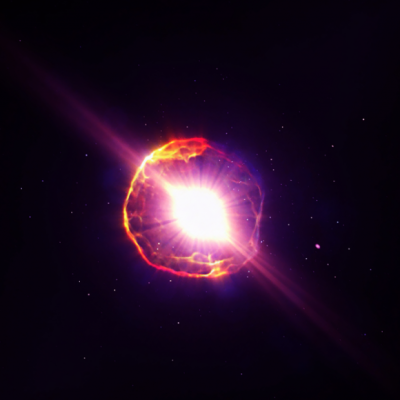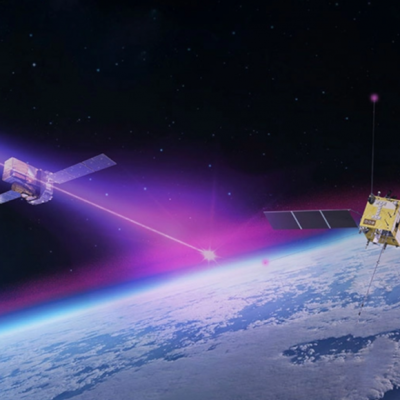In 1974, Stephen Hawking proposed that all black holes would eventually evaporate. Recent observations have shown that the process responsible for this phenomenon also occurs in other massive objects, leading to the eventual disappearance of the entire universe. Hawking’s theory, which combines Albert Einstein’s General Theory of Relativity and quantum physics, suggests that particle pairs are continuously created and destroyed at the event horizon of a black hole. However, sometimes one particle is swallowed by the black hole while the other escapes, resulting in what is known as Hawking radiation. Researchers at Radboud University Nijmegen have revisited the concept of particle creation near black holes and questioned the role of the event horizon. They have discovered a new form of radiation that differs from Hawking radiation and could lead to the eventual evaporation of all objects in the universe.
The interdisciplinary approach taken by the researchers combines elements of physics, astronomy, and mathematics to analyze the development of particle pairs in the vicinity of black holes. Their findings, published in the Physical Review Letters, reveal the existence of a previously unknown form of radiation that differs from Hawking radiation. The researchers discovered that the curvature of spacetime plays a significant role in the creation of radiation, extending far beyond the boundaries of a black hole. This contradicts the previous assumption that radiation is only possible within the event horizon. Objects without an event horizon, such as the remains of dead stars and other large objects in the universe, could also exhibit this type of radiation. Ultimately, this could lead to the evaporation of everything in the universe, similar to black holes.
These findings not only change our understanding of Hawking radiation but also our perceptions of the universe and its future. The researchers’ discovery of a new form of radiation that extends beyond the event horizon challenges previous assumptions and opens up new avenues for research. The potential implications of this research are significant, and it will be interesting to see how it develops in the future.







-400x400.jpg)


